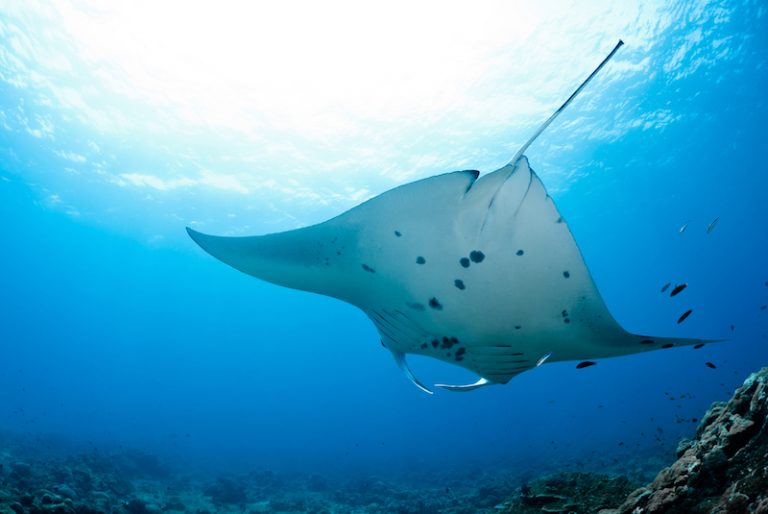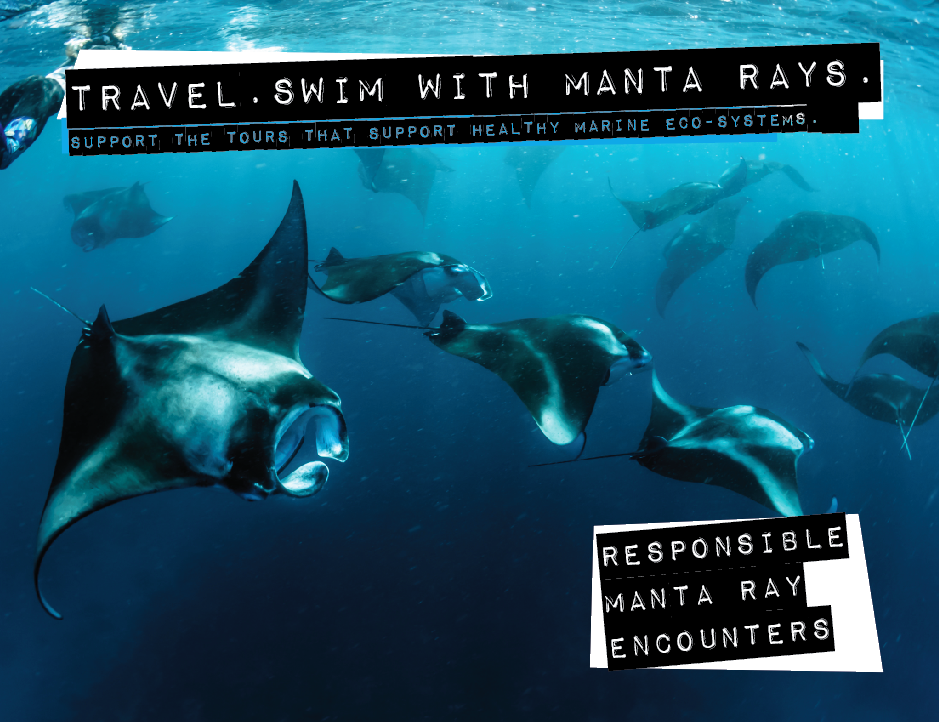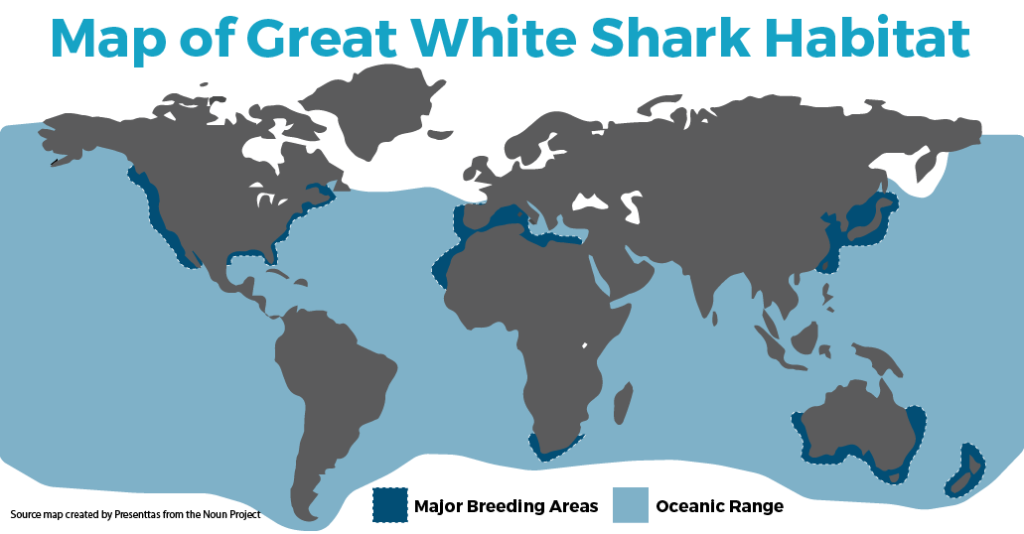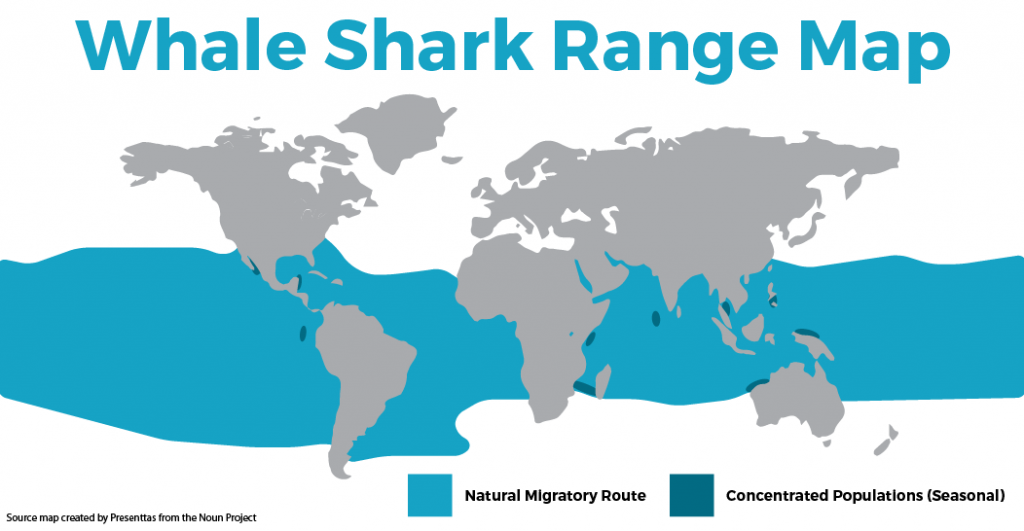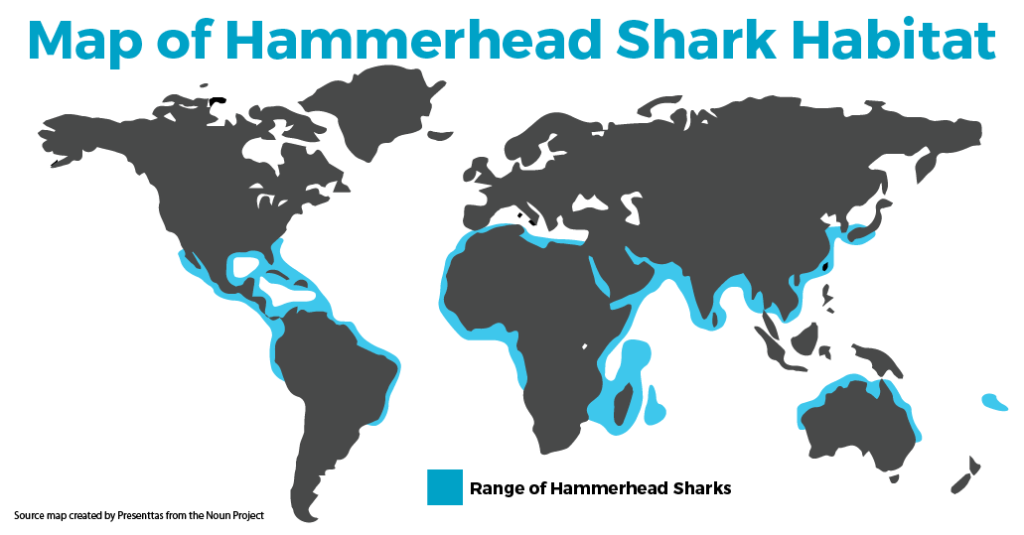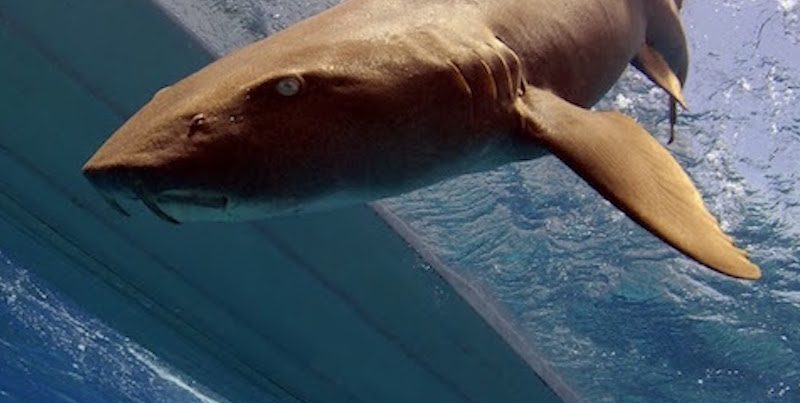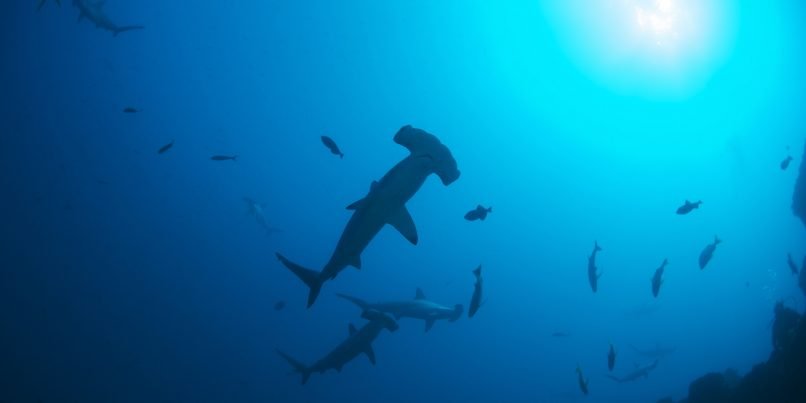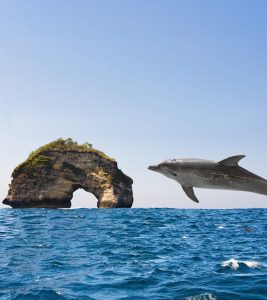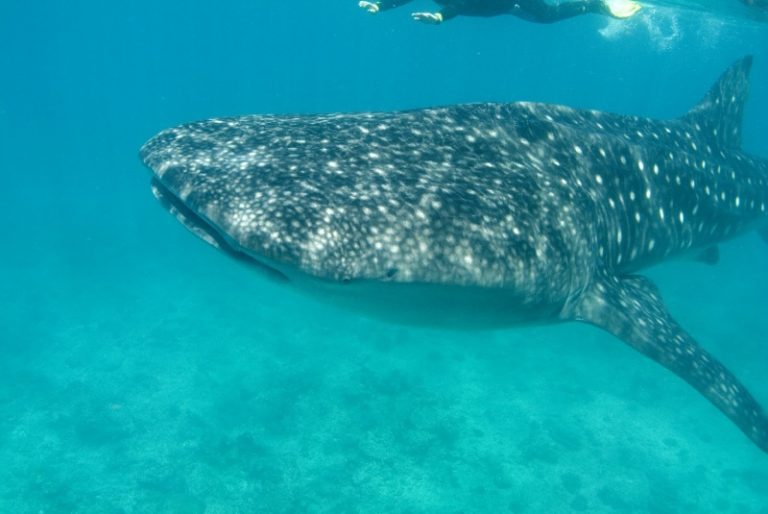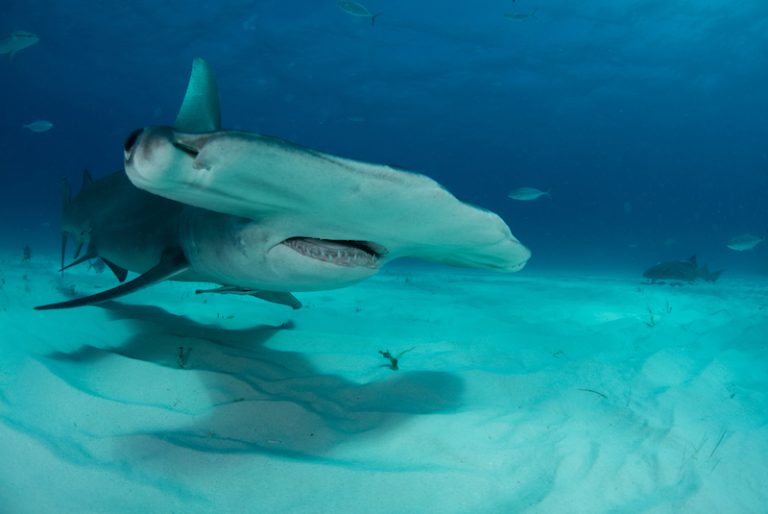Manta Ray Facts
More Manta Ray Facts:
The manta ray is striking in its appearance with its black and white coloration and enormous size. The wingspan of a manta can reach 20 or more feet across and they weigh as much as 3,000 pounds. The manta, unlike other rays, does not have a spine on its tail for defense.
There are 2 types of manta rays, the Giant Manta, most commonly shown in media, and the Reef Manta. Both manta rays are filter-feeders, actively combing the waters for the smallest of prey, and using their cephalic fins to channel water into their mouths.
Manta rays are found around the globe in temperate and tropical waters. Little is known about their life history or ecology but researchers believe they may live 30-50 years. The average wingspan of a Giant Manta Ray is 22 feet and they can weigh as much as 3,000 pounds.
Manta Ray Facts & Tidbits
- “Manta” is Spanish for “cloak” which refers to their large blanket-shaped bodies. Unlike other rays, mantas do not have a spine on their tail for defense.
- They have a large brain relative to their body size in comparison to other sharks and rays. Because of their enormous size, their only known predators are large sharks and humans.
- They are nicknamed “Devil Rays” for their “horns” which are actually extensions of the fins that help to funnel plankton (their main prey) into their mouths.
- Their natural predators are killer whales and large sharks.
Distribution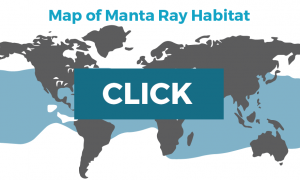
Manta rays are found in tropical and subtropical oceans worldwide, between 35 degrees north and 35 degrees south latitude.
Hot Spots: Mozambique (year round), Yap Islands, French Polynesia, Australia, Hawaii
Status
IUCN Status: Vulnerable / Population: Unknown
The top threats that mantas face include fishing, both for commercial purposes and accidentally being caught in fishing gear (bycatch). Some of their parts are used in traditional Asian medicine.
Photo Credit: Marc Henauer, Dreamstime
Learn more about protecting Mozambique’s gentle giants.

